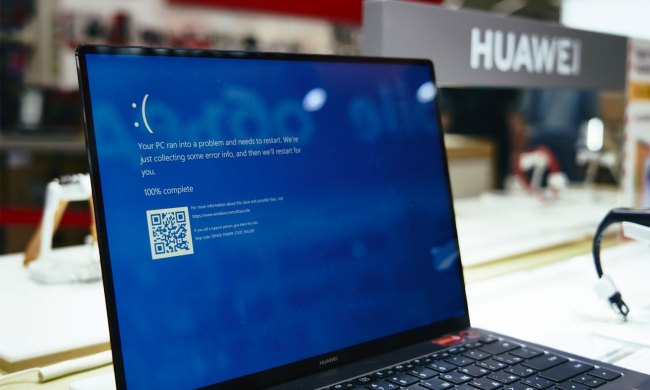
Andrew Grove, Intel’s former CEO and board chairman, passed away Monday at the age of 79. Grove was the first hire at Intel and helped steer the company from making memory chips to its current position as the world’s largest manufacturer of semiconductors.
“We are deeply saddened by the passing of former Intel Chairman and CEO Andy Grove,” said Intel CEO Brian Krzanich. “Andy made the impossible happen, time and again, and inspired generations of technologists, entrepreneurs, and business leaders.”
Born in Budapest, Hungary, Grove arrived in the U.S. in 1956, having survived Nazi and Soviet occupation. He studied chemical engineering at the City College of New York and completed his PhD at the University of California in Berkeley in 1963. His working life started at Fairchild Semiconductor, where he was hired by Gordon Moore. He rose to assistant head of R&D at Fairchild, and when Moore left to found Intel, Grove was persuaded to join him.
Grove joined Intel in 1968 as director of engineering and went on to serve as president in 1979 and then CEO in 1987. He built a reputation as an effective leader who could be very demanding, but he clearly had a profound impact on the world of tech. His leadership saw Intel produce the 386 and Pentium, ushering in the PC era. Under his leadership, the company increased its annual revenue from $1.9 billion to more than $26 billion. He stepped down as CEO when he was diagnosed with prostate cancer, but he didn’t retire. Between 1997 and 2005 he served as chairman of the board.
“Andy approached corporate strategy and leadership in ways that continue to influence prominent thinkers and companies around the world,” said Intel Chairman Andy Bryant. “He combined the analytic approach of a scientist with an ability to engage others in honest and deep conversation, which sustained Intel’s success over a period that saw the rise of the personal computer, the Internet, and Silicon Valley.”
The tech world was quick to pay tribute to Grove.
Andy Grove was one of the giants of the technology world. He loved our country and epitomized America at its best. Rest in peace.
— Tim Cook (@tim_cook) 22 March 2016
I’m sad to hear that Andy Grove has died. I loved working with him. He was one of the great business leaders of the 20th century.
— Bill Gates (@BillGates) 22 March 2016
Andy Grove was an inspiration growing up, his impact will be felt for a long time. RIP Andy Grove https://t.co/FRmzkM4QEP
— sundarpichai (@sundarpichai) 22 March 2016
The cause of death has not been reported, but Groves had been suffering from Parkinson’s disease for a number of years. He had contributed philanthropically to research to study the disease. He also donated $26 million to the City College of New York to establish the Grove School of Engineering.
He is survived by his wife of 58 years, Eva, two daughters, and eight grandchildren.


